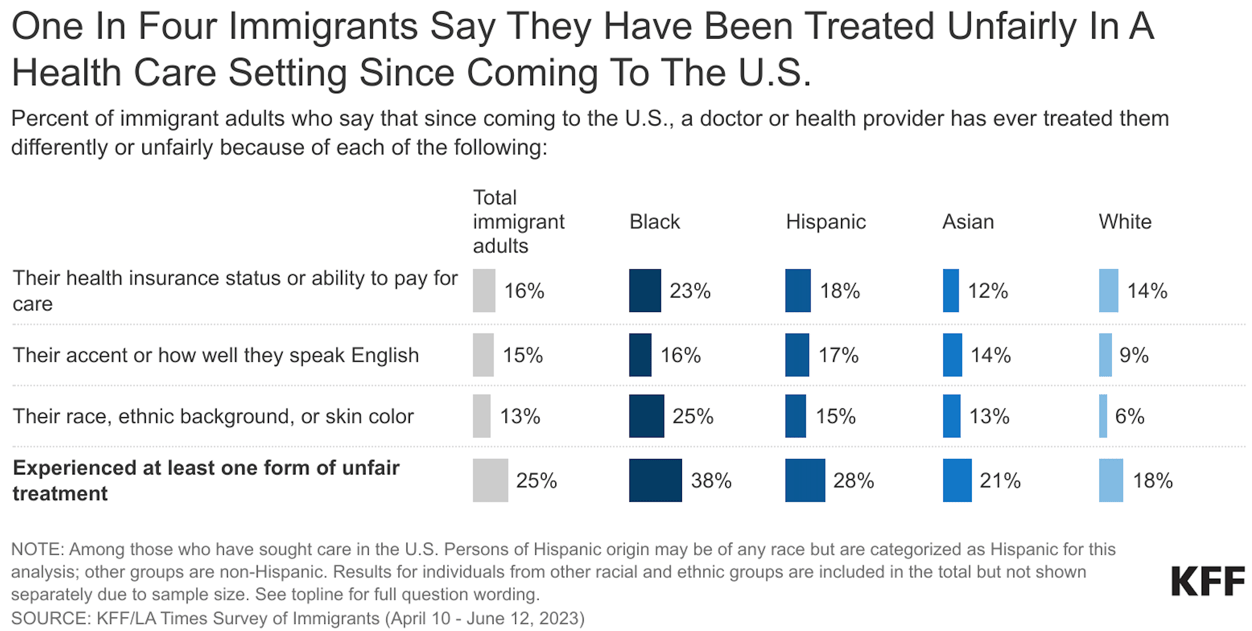Closer Look
AI is coming to dentistry. Is that a good thing?
 Mike Reddy for STAT
Mike Reddy for STAT
Are you ready for AI at the dentist? A new wave of software is promising to supercharge dentists' ability to spot decay and bone loss that could lead to gum disease — and propose treatments earlier. Eight AI products have won FDA approval and more will follow. That sounds good if it means preventing costly root canals and implants, but whether AI-guided dentistry is actually better remains an open question, STAT's Casey Ross reports.
AI can lead to aggressive treatments that increase patients' bills without a clear clinical benefit, experts told Casey. As is often the case with new technology, standards for using these products on patients lag behind efforts to sell them. Accuracy is hard to measure because of the inherent subjectivity involved in analyzing medical images. "What we need is an internationally acknowledged and standardized benchmarking dataset, which we don't have at the moment," said Falk Schwendicke of Charité University in Berlin. Read more.
reproductive health
Screening for hypertension in pregnancy expands, with more focus on those at highest risk
The USPSTF issued guidelines in 2017 that dictated screening for high blood pressure throughout pregnancy with a goal of identifying who might develop preeclampsia, a condition that endanger the life of mother and child late in pregnancy. That recommendation hasn't changed this year, but the need to reach all patients, especially those at highest risk, has gained a new urgency from the advisory group. That means heightened attention to Black, Native American, and Alaska Native patients, who are much more likely to both develop and die from a hypertensive disorder of pregnancy. The guidance also expanded to include all hypertensive disorders of pregnancy.
"Given the U.S.'s abysmal track record in addressing maternal mortality, a new sense of 'hypertensive urgency' is required: screening for and addressing [hypertensive disorders of pregnancy] must be prioritized and addressed with a renewed focus by clinicians, policymakers, and the research community," Srilakshmi Mitta, Cary Gross, and Melissa Simon wrote yesterday in a JAMA Internal Medicine editorial.
chart of the day



No comments